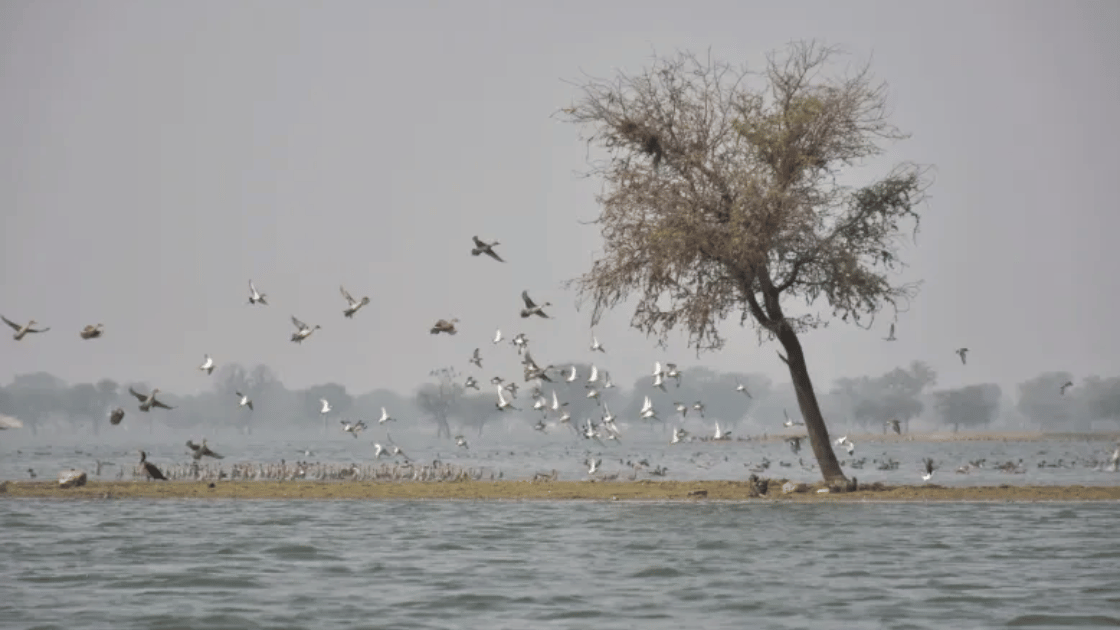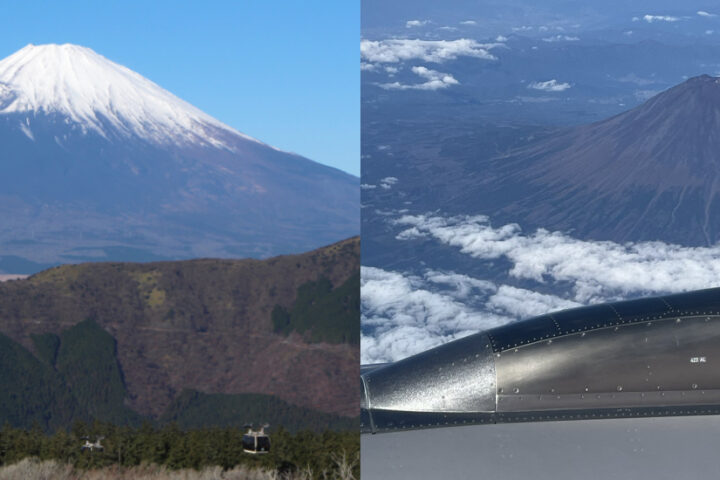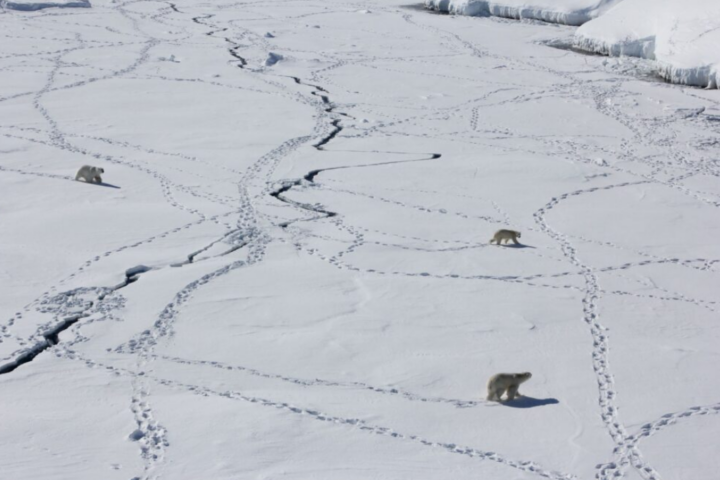In a groundbreaking revelation, a study involving UCL researchers and led by the UK Centre for Ecology & Hydrology, published in Nature Communications, discloses a staggering loss in bird species, primarily due to human activities. This research, harnessing advanced statistical modeling, estimates the extinction of 1,430 bird species since the Late Pleistocene, about 130,000 years ago. This figure is alarmingly twice the number previously assumed and indicates that nearly 12% of bird species have vanished, primarily due to human impact.
The study meticulously employs statistical models to bridge gaps in fossil records, which are inherently limited due to the fragility of birds’ bones. Dr. Rob Cooke, an ecological modeller at UKCEH, asserts that the human impact on avian diversity has been profoundly underestimated. Human activities such as habitat destruction, overhunting, and introducing invasive species like rats, pigs, and dogs, have precipitated these losses. Many species disappeared before written records began, leaving no trace of their existence.
Our study demonstrates there has been a far higher human impact on avian diversity than previously recognised. Humans have rapidly devastated bird populations via habitat loss, overexploitation and the introduction of rats, pigs and dogs that raided nests of birds and competed with them for food. We show that many species became extinct before written records and left no trace, lost from history.
Dr Rob Cooke, an ecological modeller at UKCEH and lead author of the study
Professor Tim Blackburn of UCL Biosciences notes the shock in realizing that human actions have led to the extinction of more than 1,400 bird species. Currently, one in eight extant bird species is under threat. This situation calls for urgent, collective responsibility to address our planet’s health.
It’s shocking to think that human activities have already been responsible for the extinction of more than 1,400 species. That’s one in every eight bird species already gone. It’s even more shocking that one in eight extant bird species is currently threatened with extinction. We need to heed these literal canaries in the coal mine and take our collective responsibility for the health of our planet much more seriously.
Professor Tim Blackburn (UCL Biosciences), co-author of the study
Historical and fossil records show that 640 bird species have become extinct since the Late Pleistocene, with islands like Hawaii, Tonga, and the Azores being particularly affected. Notable extinctions include the Dodo and the Great Auk. The study estimates that the actual figure is more than double, with only about 50 species likely to have died out naturally.
Similar Posts
One of the most significant extinction events identified occurred in the 14th century in the Eastern Pacific, including Hawaii and the Cook Islands. Here, an estimated 570 bird species vanished, nearly 100 times the natural extinction rate. Another major extinction wave is traced back to the ninth century BC, driven by human settlements in the Western Pacific.
Dr. Søren Faurby of the University of Gothenburg points out the broader ecological implications of these extinctions. The loss of birds’ ecological roles, such as seed dispersal and pollination, has cascading effects on ecosystems, affecting the survival of numerous plant and animal species.
These historic extinctions have major implications for the current biodiversity crisis. The world may not only have lost many fascinating birds but also their varied ecological roles, which are likely to have included key functions such as seed dispersal and pollination. This will have had cascading harmful effects on ecosystems so, in addition to bird extinctions, we will have lost a lot of plants and animals that depended on these species for survival.
Dr Søren Faurby of the University of Gothenburg, study co-author
The study further highlights a disturbing future trend, with the risk of losing up to 700 more bird species in the coming centuries. This projection is based on the ongoing extinction event that began in the mid-18th century, further exacerbated by climate change, intensive agriculture, and pollution.
Data extraction for the study encompassed 17,883 islands, identifying 1,488 that were settled pre-1500 CE and could support endemic bird species. Aotearoa New Zealand, with its well-documented avifauna, served as a benchmark for extrapolating bird extinction numbers. The study incorporated environmental factors like elevation and climate variability to model bird species richness, using island biogeography theory and the species-area relationship.
This comprehensive analysis represents a sobering reminder of the profound impact human activities have had on global biodiversity. It underscores the urgent need for effective conservation strategies and biodiversity management. The study’s methodological approach sets a new standard for biodiversity research, highlighting the importance of integrating various data sources and analytical techniques.
This research not only sheds light on the extent of human-driven bird extinctions but also serves as a crucial baseline for evaluating future trends in bird extinctions and their ecological implications. It calls for a concerted global effort to mitigate human impacts and preserve the remaining avian diversity. This alarming wake-up call should spur us into action, reinforcing our collective responsibility to protect and restore the intricate balance of our planet’s ecosystems.


















